The Creative Process To Design A Successful Landing Page

Source: Tran Mau Tri Tam, Wallet Series, Behance, https://www.behance.net/gallery/113368267/Wallet-Series
Designing a successful landing page is an essential endeavor for any marketer or designer aiming to achieve specific business objectives. It stands at the convergence of art and strategy, requiring a blend of creativity, technical acumen, and a deep understanding of user psychology. The creative process behind crafting an effective landing page involves more than just aesthetic appeal; it necessitates a structured approach that aligns with the core needs and behaviors of the target audience.
This ensures that each element of the landing page works harmoniously to engage visitors and guide them toward a desired action, be it signing up, purchasing, or requesting more information. By focusing on the creative process, designers can create landing pages that not only look good but also perform well in converting visitors into leads or customers. The process involves thorough planning, research, and iterative design techniques to refine and optimize the user experience.
Through this article, we explore how a well-thought-out design strategy, grounded in the principles of visual communication and user experience, can transform a simple page into a powerful conversion tool.
Define Clear Goals for Your Landing Page
Establishing clear goals is the first step in the creative process when designing a landing page. Before delving into design elements, it is crucial to pinpoint the purpose of the page. A landing page serves as a powerful tool to guide users toward a specific action, such as signing up for a newsletter, downloading a resource, or making a purchase. Defining these goals allows you to tailor every aspect of the landing page to lead users seamlessly toward that intended outcome.
When setting goals, consider the business objectives the landing page will support. Are you aiming to generate leads, build brand awareness, or drive sales? Understanding these objectives helps create a design that aligns with the brand’s larger marketing strategy. Clear goals also assist in identifying key performance indicators (KPIs) to track success, such as conversion rates, click-through rates, or time spent on the page.
A well-defined goal also helps keep the design focused and uncluttered. Each element on the page should support the primary goal without distracting users. When users arrive on a landing page that’s designed with intention and clarity, they’re more likely to understand the purpose quickly and take action. This clear direction is fundamental to a landing page’s effectiveness, ensuring each visitor’s journey is purposeful and guided toward a specific result.
Research and Analyze Competitors’ Landing Pages
To craft a successful landing page, researching and analyzing competitors’ landing pages is a vital step in the creative process. By examining what others in your industry are doing, you can gain insights into effective design strategies, user experience patterns, and content approaches that resonate with your target audience. Competitor research helps you identify successful design elements that you can adapt and refine for your own landing page.
When conducting this research, focus on elements such as layout, visuals, calls-to-action, and messaging. Observe how competitors structure their landing pages to guide users and what content elements they prioritize. Look for patterns in the way they engage visitors, address user pain points, and build trust. This analysis reveals design choices that work well and potential gaps or opportunities you can leverage to create a distinctive landing page.
Craft a Strong Value Proposition
A compelling value proposition is essential in the creative process of designing a successful landing page. This brief statement explains the unique benefit or solution your product or service provides, setting it apart from competitors. Your value proposition should immediately communicate why a visitor should stay on the landing page and consider taking action, whether that’s making a purchase, signing up, or downloading content.
To create a strong value proposition, think about what makes your offer distinctive and valuable. Focus on the core benefits that directly address the needs or challenges of your target audience. A clear and concise value proposition doesn’t just inform—it resonates emotionally, creating a sense of connection that aligns with users’ expectations and motivates them to explore further.
Placement is also key in the design process. Position the value proposition prominently at the top of the landing page where it’s instantly visible. Use bold, readable typography and supporting visuals to enhance its impact without cluttering the layout. A well-crafted value proposition draws visitors in, setting a positive tone for their journey on the page and guiding them to explore the page with genuine interest. Ultimately, this is a pivotal element that shapes the effectiveness of your landing page’s design and purpose.

Source: Stas Aristov, Boosty Labs - Website Design, Behance, https://www.behance.net/gallery/80053833/Boosty-Labs-Website-Design
Choose a Clean and Simple Layout
Selecting a clean and simple layout is foundational in the creative process for designing a landing page that effectively converts. A streamlined layout prioritizes readability and user navigation, allowing visitors to find information quickly and focus on essential elements, such as the headline, value proposition, and call-to-action (CTA). Simplicity in design helps prevent cognitive overload, ensuring users aren’t overwhelmed by excessive text or visuals.
When designing the layout, limit the number of elements on the page and arrange them logically to create a seamless user experience. Begin with a clear hierarchy, placing the most critical elements at the top. Use ample white space to separate sections, which improves readability and highlights key content areas. Avoid using too many colors, fonts, or graphics, as these can distract from the main message.
A clean layout not only enhances visual appeal but also supports the user journey, guiding visitors through the landing page with minimal effort. This straightforward approach keeps users engaged and encourages them to interact with the CTA. A simple layout ultimately improves conversion rates by making the page easy to navigate, ensuring that each visitor’s experience feels focused, intentional, and effortless.
Focus on Visual Hierarchy
Visual hierarchy is a crucial component in the creative process of landing page design, as it directs the viewer’s attention to key elements in a logical order. A well-organized hierarchy helps users quickly understand the content and encourages them to focus on essential information, such as the headline, value proposition, and call-to-action (CTA). When establishing a visual hierarchy, think about the relative importance of each element and use size, color, and placement to convey that importance.
Begin by positioning the most critical content, like the headline, at the top of the page with bold, large fonts to ensure immediate visibility. Secondary elements, such as supporting text or images, should follow in a way that feels natural to the viewer’s eye. Color contrast is another powerful tool in visual hierarchy, as it highlights important buttons or text without overwhelming the overall design. Proper spacing is equally important, allowing each element to stand out and making the content easy to scan.
A clear visual hierarchy not only enhances the aesthetic appeal of the landing page but also strengthens the user experience. By guiding visitors intuitively from one section to the next, visual hierarchy keeps them engaged and encourages them to take action. This structured design approach ultimately contributes to a more effective and user-centered landing page.
Use High-Quality Visuals
In the creative process of landing page design, high-quality visuals play an essential role in capturing attention and enhancing the overall user experience. Images, illustrations, and videos serve as powerful communication tools that can convey messages quickly, evoke emotions, and strengthen brand identity. Using professional, relevant visuals ensures that your landing page reflects a polished and trustworthy image.
To make the most impact, choose visuals that align with the message and goals of the landing page. For example, if promoting a product, use clear, well-lit images that showcase its features or benefits. Avoid stock images that feel generic; instead, opt for visuals that feel authentic and relatable to the target audience. Additionally, balance the visual elements by using images that complement, rather than overpower, the text. The visuals should enhance the message and not distract from it.
Videos can also add value, as they are engaging and allow for deeper storytelling. However, ensure they are optimized for quick loading and do not slow down the page. High-quality visuals contribute to a visually appealing, credible, and effective landing page, helping to establish a strong connection with users and reinforcing the message of your design.
Craft an Attention-Grabbing Headline
An attention-grabbing headline is a cornerstone in the creative process of designing a successful landing page. The headline is often the first element visitors notice, making it crucial in shaping their initial impression and guiding them further into the page’s content. A strong headline clearly communicates the value or benefit of the page in a concise, compelling way, setting the tone for the user experience that follows.
To craft an effective headline, focus on the primary purpose of the landing page and the needs of the target audience. Aim for a message that is both specific and impactful, highlighting what makes the offer unique or desirable. For example, if the landing page promotes a product, the headline might emphasize a key benefit or solution that the product provides, drawing users’ attention immediately. Using action-oriented language and keeping the headline direct and straightforward ensures that visitors understand its relevance at a glance.
In terms of design, place the headline prominently at the top of the page, using bold typography that aligns with the overall visual hierarchy. The goal is to make the headline easily visible and readable, encouraging users to engage with the rest of the content. An attention-grabbing headline serves as an effective gateway, ensuring that visitors stay on the page and explore further.

Source Shivangi Mahajan, Interaction: Courses Landing Page, Behance, https://www.behance.net/gallery/99548825/Interaction-Courses-Landing-Page
Use a Single, Clear Call-to-Action (CTA)
A single, clear call-to-action (CTA) is essential in guiding users through the creative process of a landing page design. The CTA serves as the central point of interaction, prompting visitors to take a specific action, such as signing up, purchasing, or downloading content. By focusing on a single CTA, you eliminate distractions and create a clear pathway for users to follow, enhancing the likelihood of conversion.
To design an effective CTA, start by ensuring it directly relates to the goal of the landing page. Use concise, action-oriented language that tells users exactly what to expect, such as “Get Started,” “Download Now,” or “Join Today.” The wording should be compelling and indicate a clear benefit, motivating visitors to take the next step. Placement is equally important; position the CTA prominently on the page, ideally above the fold, so users can easily locate it.
Visually, the CTA button should stand out, using a contrasting color that draws attention without clashing with the page’s overall design. Ample white space around the CTA enhances visibility and avoids visual clutter. Additionally, avoid multiple CTAs that could confuse users. A single, clear CTA ensures that the landing page remains focused, guiding visitors toward a specific, desired outcome and reinforcing the purpose of the page design.
Use Engaging and Persuasive Copy
Creating engaging and persuasive copy is a vital step in the creative process of landing page design. The copy on a landing page plays a key role in communicating the benefits of your offer and motivating users to take action. Effective copy should be concise, focused, and crafted to speak directly to the audience’s needs and desires.
To write persuasive copy, start by understanding the main problem or pain point that your product or service solves. Address these points early in the text to capture the reader’s attention and establish relevance. Use clear, benefit-oriented language that highlights what users gain by engaging with your offer. Instead of simply listing features, emphasize how those features improve the user’s experience or solve a specific issue.
Keeping the copy conversational and approachable also builds a connection with readers. Avoid overly technical terms or jargon, and focus instead on language that is relatable and easy to understand. Break up text into short paragraphs and use bullet points or headings to improve readability. Engaging and persuasive copy transforms a landing page into a compelling narrative, encouraging users to stay on the page and consider the offer. This thoughtful approach to copywriting elevates the design, creating a seamless, user-centered experience.
Employ White Space for Readability
Employing white space is a critical design technique in the creative process of crafting an effective landing page. White space, or negative space, refers to the empty areas around and between design elements. When used strategically, white space enhances readability, improves user focus, and gives the page a clean, organized appearance.
In landing page design, white space helps draw attention to key content elements, such as the headline, value proposition, and call-to-action (CTA). By reducing visual clutter, white space allows users to focus on essential information without feeling overwhelmed. It also contributes to a sense of balance and flow, guiding the viewer’s eye naturally from one section to the next.
To make the most of white space, avoid crowding text and images. Instead, leave ample margins around each section, ensuring that the design feels open and accessible. White space also enhances the visual hierarchy of the landing page, making it easy for users to scan the page and locate critical elements quickly.
A well-spaced layout not only improves aesthetics but also strengthens the overall user experience by making the page easier to read and navigate. Incorporating white space effectively in the design enhances the clarity of the landing page, making it visually appealing and functional.
Conclusion
In the creative process of designing a successful landing page, each element plays a vital role in capturing attention, guiding users, and encouraging action. From defining clear goals to crafting persuasive copy, focusing on visual hierarchy, and using high-quality visuals, a well-thought-out landing page design can significantly impact user engagement and conversion rates. By strategically aligning design choices with user needs and goals, you create a landing page that not only looks professional but also performs effectively. This attention to detail transforms a landing page into a powerful tool for achieving business objectives.
Let Us Know What You Think!
Every information you read here are written and curated by Kreafolk's team, carefully pieced together with our creative community in mind. Did you enjoy our contents? Leave a comment below and share your thoughts. Cheers to more creative articles and inspirations!



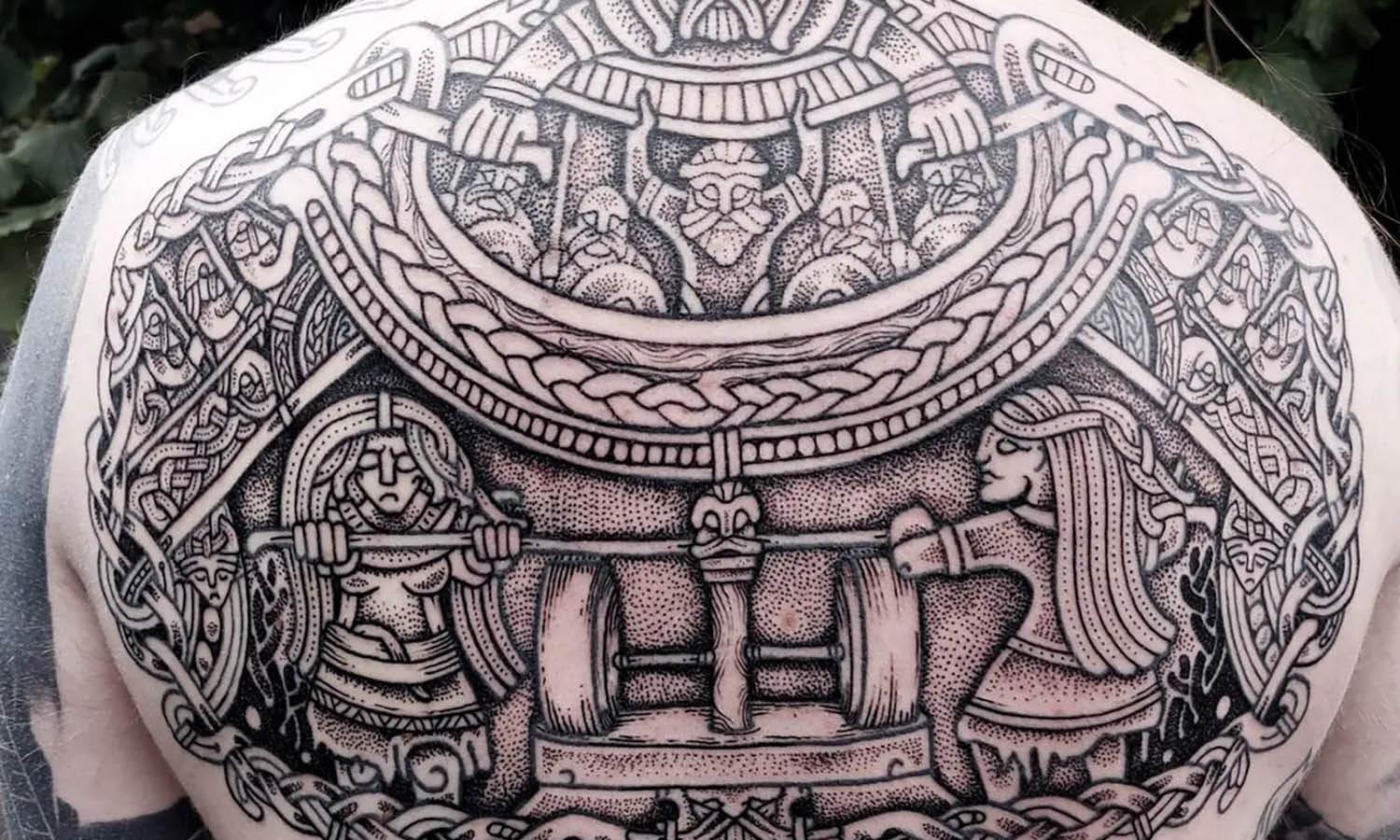


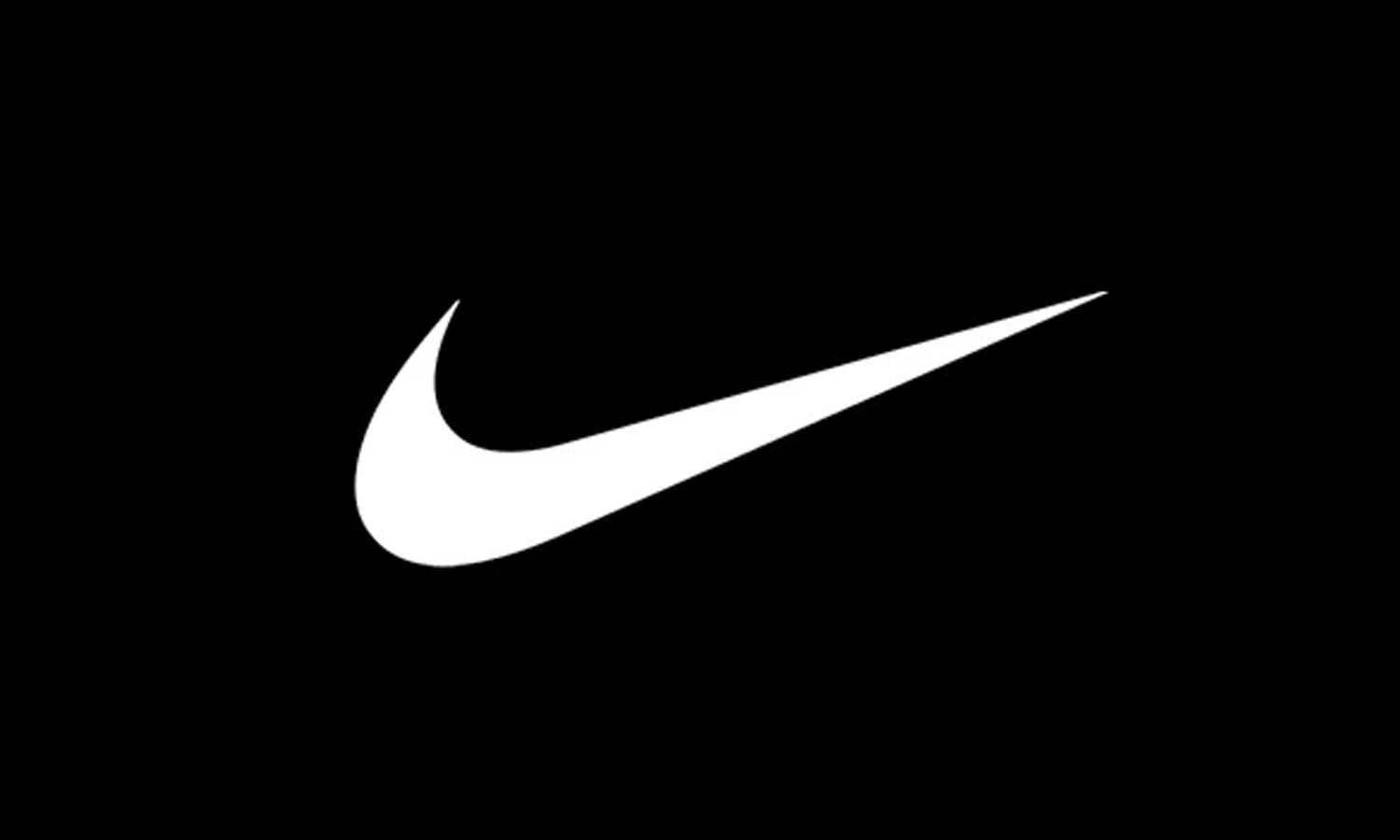
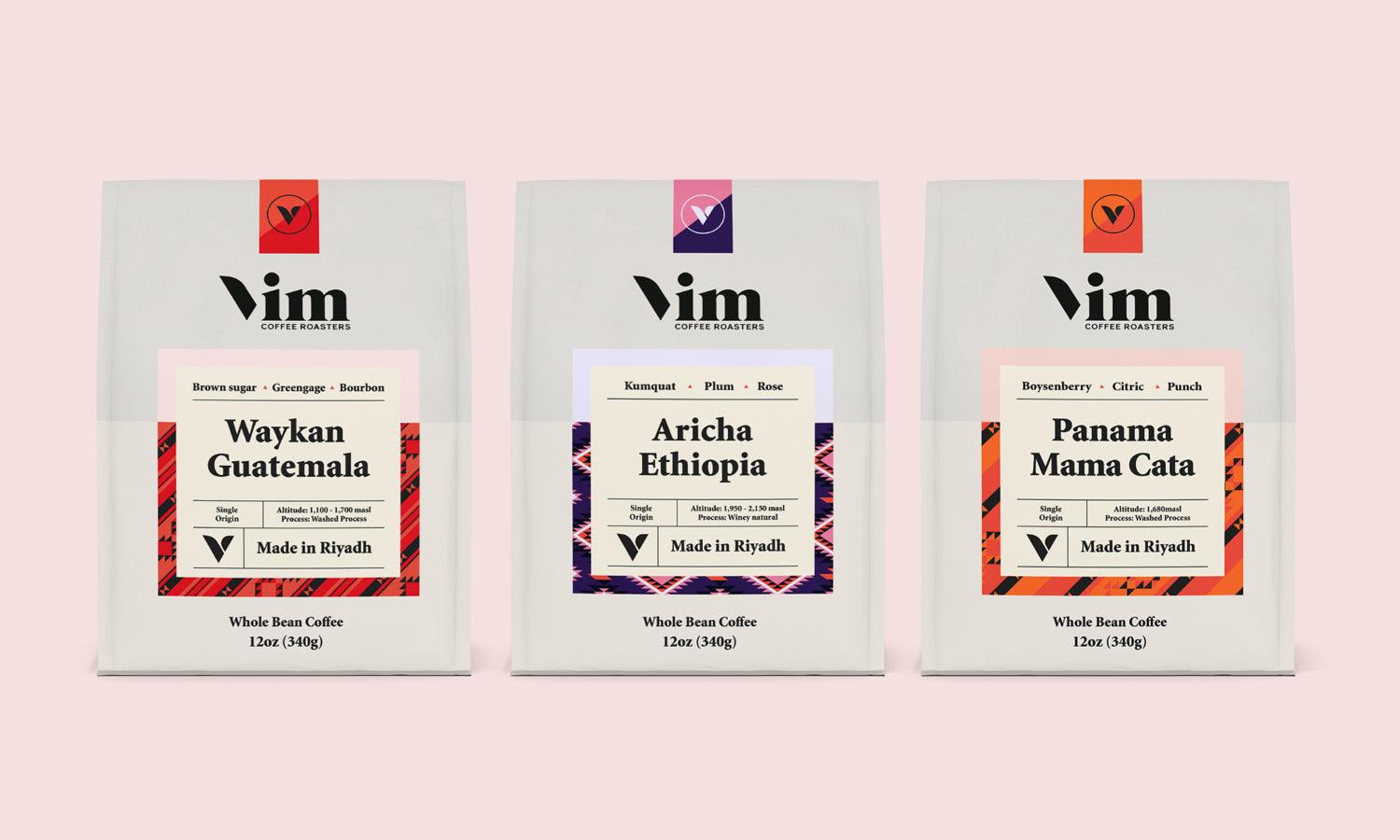
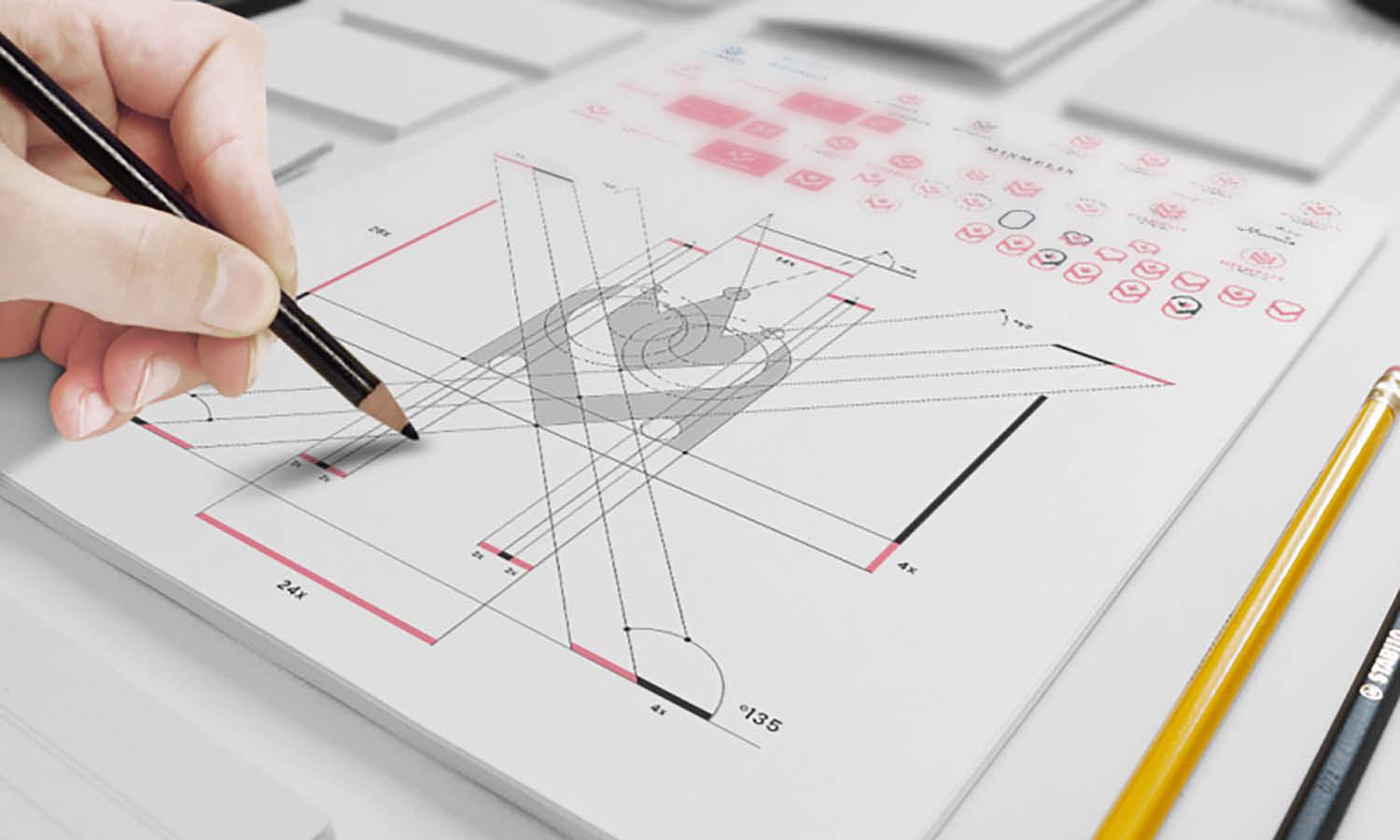
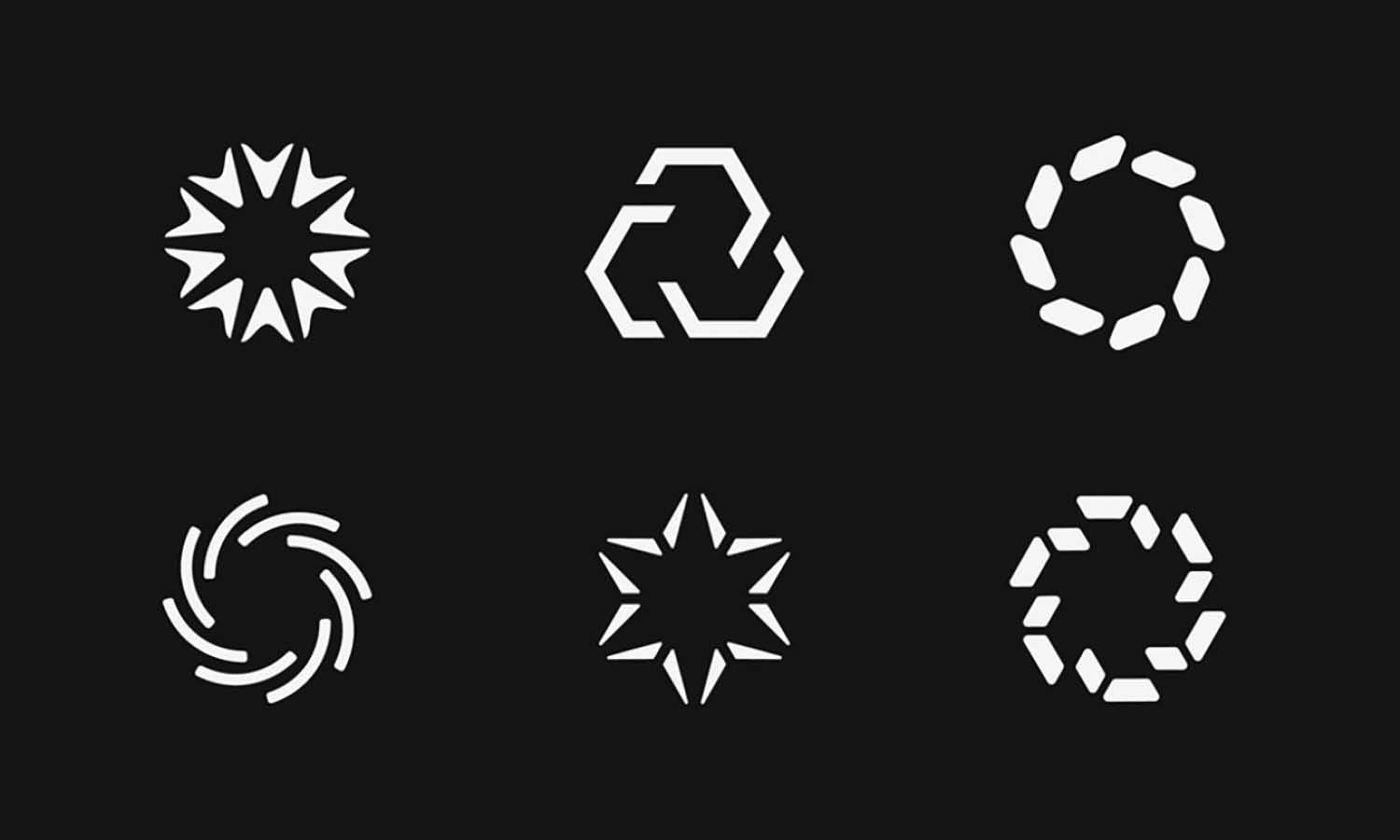






Leave a Comment